Do you have a child struggling with dyslexia? Well, you’re not alone and neither is your child. Dyslexia is the most common of all neurocognitive disorders.
Dyslexia affects 20% of the population. In the U.S. alone, that’s approximately 65 million Americans who have dyslexia. Even though this number is high, most people living with dyslexia are either misdiagnosed or diagnosed later in life.
Luckily, with the way that technology is growing, children are able to be diagnosed earlier and more often. As a result of this, the way these students are taught in school is also changing. There are even schools that specifically cater to dyslexic students.
Before sending your child to a school for dyslexia, it’s important to know what makes this type of school successful. Click here to continue reading about the fundamental qualities necessary for these schools to help children with dyslexia.

Source: sandiegouniontribune.com
Contents
- Family Atmosphere
- Small Classes
- Individualistic Environment
- A Welcoming Space
- Unique Teaching Styles
- Multi-Sensory Techniques
- Latest Technologies
- Plays to Students’ Strengths
- Makes Learning Fun
- A School for Dyslexia: Do One Thing and Do It Well
- Prioritize Kids with Dyslexia
- Make Learning Accessible
- Help Students Thrive
- Build Self-Confidence
- Drama
- A Team of Expert, Empathetic Teachers
- Help Your Child Shine Today
Family Atmosphere
There’s nothing more important than ensuring that your child feels at home in their school. Children with dyslexia often feel ostracized in learning environments that don’t prioritize their disorder. It’s crucial that schools specifically for dyslexia build warm, familial environments for dyslexic students.
Small Classes
Having a smaller student-to-teacher ratio is one strategy that makes students feel prioritized. This method creates a more intimate learning environment.
Having smaller class sizes also allows teachers to devote more time to each individual student. Therefore, students are receiving consistent one-on-one assistance.
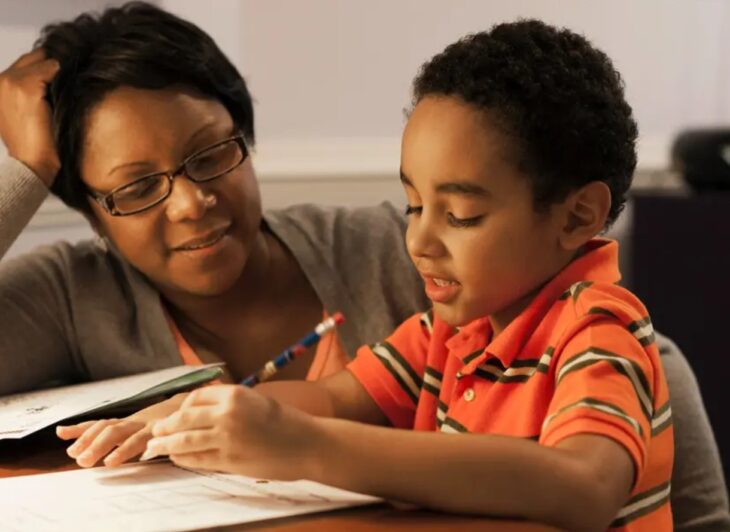
Source: Understood.org
Individualistic Environment
It’s important for students with dyslexia to know that they can go as fast as they can or as slow as they need. The best schools for dyslexia cater to each student based on their needs.
So, one student’s day might look very different from another’s. They might need more time on a grammar assignment and therefore have different homework than a student who needs more help with their math.
A school that promotes individualism rather than treating every child the same will build a solid foundation for future learning.
A Welcoming Space
Overall, the school needs to be a welcoming space. Do the teachers encourage interaction with other classes? How are conflicts handled by both teachers and students?
Are there programs that reward improvement as the children learn? Because the path towards knowledge is harder for students with dyslexia, the work they do should be met with exuberant praise.
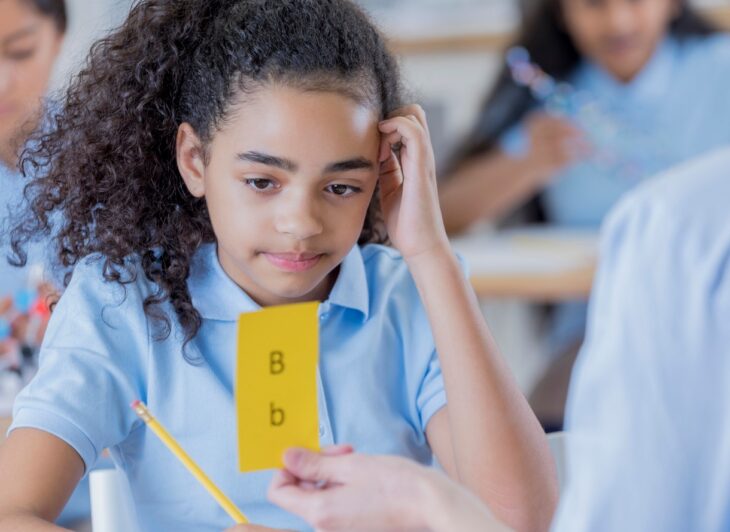
Source: learninglabfl.com
Unique Teaching Styles
The best dyslexia schools in the world all have one thing in common: They cultivate new and unique teaching styles for their students with dyslexia. Let’s talk about all of the different ways this can be done.
Multi-Sensory Techniques
Multi-sensory means that students are given opportunities to learn outside of just reading and writing. These multi-sensory techniques might be highly visual (graphics, videos, skits, etc.) or kinesthetic. Students might also engage in retention assignments that are verbal rather than written (podcasts, posters, presentations, etc.).
These hands-on projects are then paired with the aspects of learning that are more difficult for students with dyslexia (writing, grammar, reading, math). When students are tested in more ways than just writing an essay, they retain information better. Thus, they also see greater improvement in those skills that they struggle with.
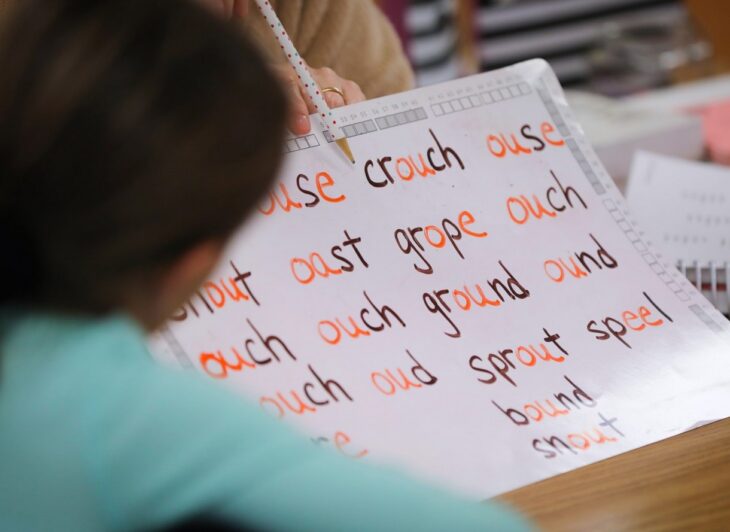
Source: sandiegouniontribune.com
Latest Technologies
Having the latest technologies in the classroom will help make sure that hands-on projects are accessible. These technologies might include:
- SMARTboards
- Tablets
- Lab equipment
- Computers
There could be other technologies in the classroom depending on what subject is being taught. Overall, having access to the best will help them to achieve success.
Plays to Students’ Strengths
As mentioned previously, the best schools for dyslexia are individualistic. This means that students are encouraged to pursue the things they are best at. For some, this might be science. For others, it might be art.
These strengths are encouraged while weaknesses are also being targeted. This helps students build confidence even while engaging in difficult tasks.

Source: ljlearningworks.com
Makes Learning Fun
All of these unique teaching styles make learning more fun for students who have dyslexia. These unique styles might also include games or regular opportunities to be creative.
When a student has fun while they’re learning, they’re more likely to retain what they’ve learned. Additionally, they won’t dread the process of learning.
A School for Dyslexia: Do One Thing and Do It Well
This question is common when it comes to dyslexia: Is dyslexia a special education need? The answer to this question is yes.
Because dyslexia is a learning disability, it requires special education. There are a lot of special educations out there and most public and private schools have these programs embedded within them.
However, students with dyslexia need different help than a student with another type of disability. That’s why choosing a school for dyslexia that does one thing and does it well is a great option.
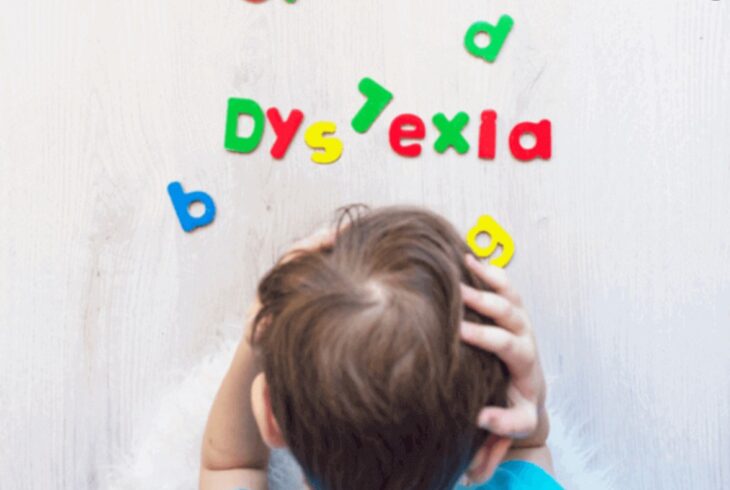
Source: medanta.org
Prioritize Kids with Dyslexia
By prioritizing kids with dyslexia, these specific schools are making sure that these kids get everything they need. Everyone at these schools specializes in dyslexia and can therefore provide expert-level help.
Make Learning Accessible
Children who have dyslexia often feel as if learning is simply out of their reach. Schools that hone the skills of dyslexic children specifically work to change that narrative.
Learning should be accessible to everyone. This is the priority of schools for dyslexia.
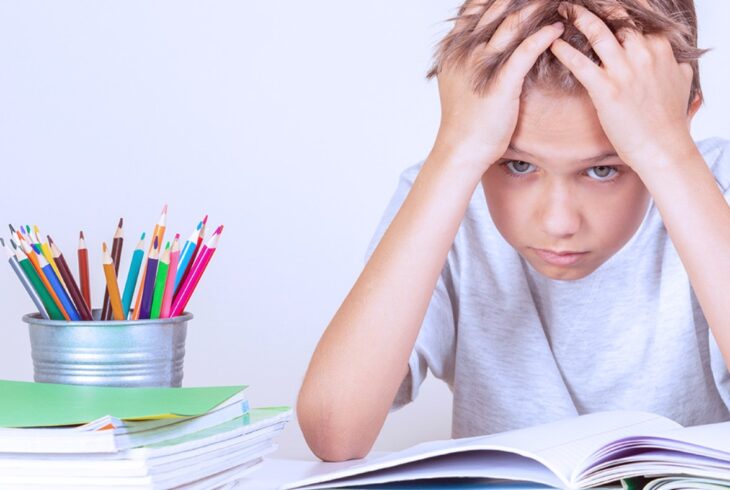
Source: nacd.org
Help Students Thrive
Not only do these schools work to improve skills, but they also want to help children thrive. This means that these programs give dyslexic students the ability to go above and beyond in their education.
Build Self-Confidence
While every school environment hopes to build the confidence of its students, not every school has specific programs that do so. Classes that are both interactive and interpersonal give students opportunities to branch out.
If students are given a voice that goes beyond the typical curriculum, their confidence will soar. Here are a couple of great programs that work to build self-confidence in dyslexic students.

Source: Pinterest.com
Drama
Drama is a wonderful program for students with dyslexia to partake in. It gives them a platform to use their voice, collaborate with other students, and have fun.
In terms of building confidence, it reminds students that they can be creative and make friends in new ways.
A Team of Expert, Empathetic Teachers
A successful school for dyslexia can’t exist unless it has wonderful teachers. It’s important that these teachers exude empathy and compassion for their students. Additionally, they should have experience working with dyslexic students.
Teachers like this are what make the family atmosphere, multi-sensory techniques, and self-confidence building come to life.

Source: Medium
Help Your Child Shine Today
After learning all about what makes a school for dyslexia successful, you may have another question: Is private school better for dyslexia?
Finaly, after so much time, there are great private schools and some of the best public schools for dyslexia out there that your child can transfer to.
